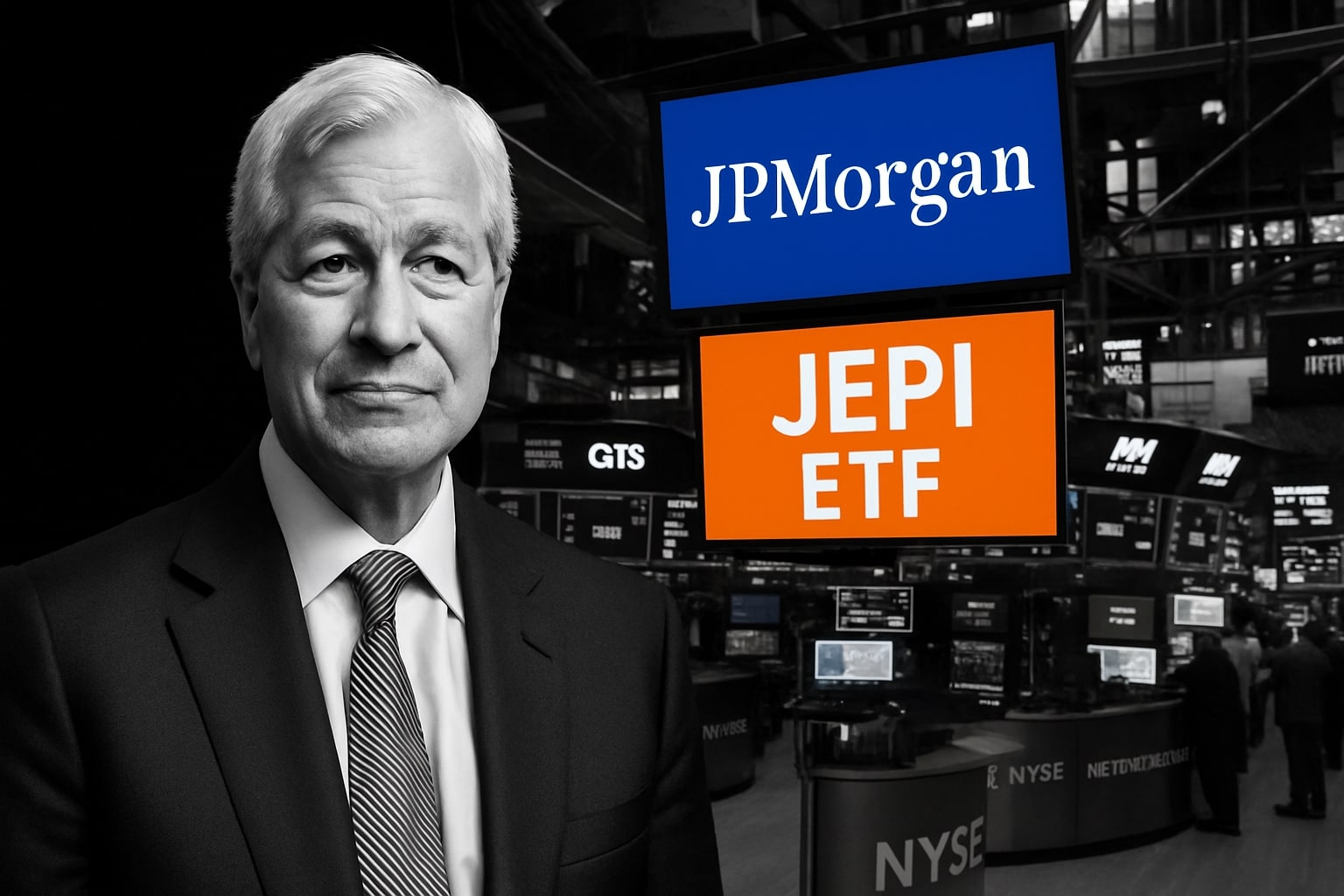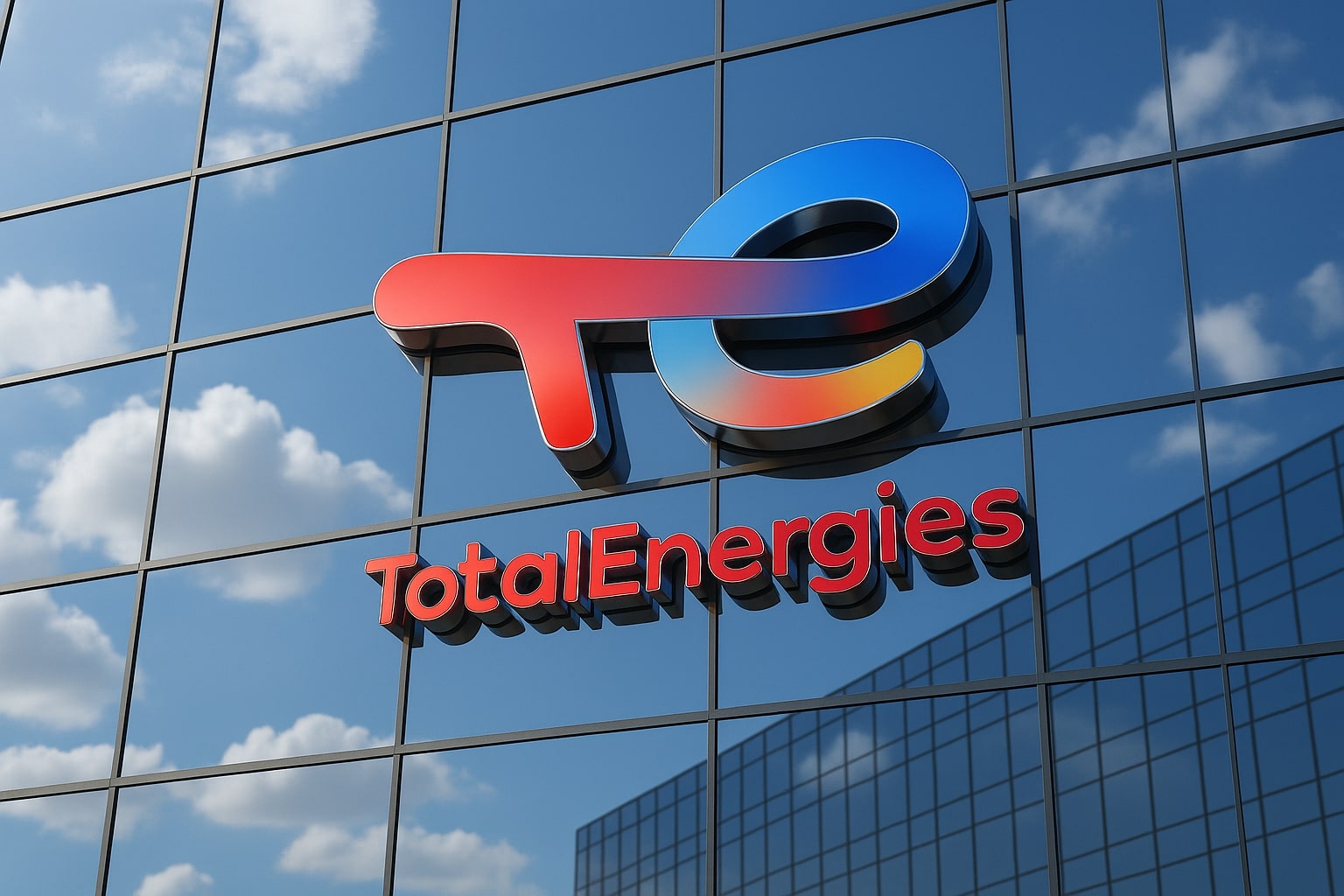Amazon’s $206 Stock Price Misses a $305 Growth Engine
Amazon (NASDAQ:AMZN) is trading at just $206, yet the company’s fundamentals are screaming for a higher valuation. With $155.7 billion in Q1 revenue, a $100 billion capex war chest, and AI-powered AWS growth accelerating, the market seems to be pricing Amazon like a retailer, not the infrastructure backbone of the internet. The fair value? $305, based on a forward operating cash flow multiple of 21.4—well below its 10-year historical average of 23.8. That’s a 32% discount, and if Amazon hits consensus growth targets, we’re looking at 30% annual total returns through 2027. Even the near-term setup points to a 36% upside in 2025 alone, with a projected 67% annualized return. So why is this still mispriced?
AWS at $29.3B: Amazon’s Cloud Muscle Is Exploding
Amazon Web Services isn’t just growing—it’s surging. In Q1 2025, AWS posted $29.3 billion in revenue, up 16.9% YoY, fueled by higher usage even as pricing changes moderated long-term contract impact. Backlog? $189 billion. That’s a 20% YoY surge, giving strong visibility into future revenue. More importantly, AWS is now feeding Amazon’s AI ambitions: CEO Andy Jassy called AI a “multi-billion-dollar annual run rate business growing at triple-digit rates.” The only bottleneck? Chip capacity. And that’s where Amazon’s vertical integration kicks in.
Amazon’s AI Ambitions Are a Direct Challenge to NVIDIA
This isn’t just a vendor-client relationship. It’s a technological turf war. Amazon is tired of relying on NVIDIA’s GPUs, especially with prices skyrocketing. It’s now scaling its Trainium 2 and Inferentia chips to cut inference costs by 30–40%. Amazon doesn’t need a customer base to sell to—it is its own customer, with AWS demand surging. Meanwhile, Nvidia is trying to eat into AWS territory with DGX Cloud. But Amazon’s moat is deeper: it already owns the cloud and is now building the compute layer from the inside out. In other words, Amazon is building the AI stack, not just renting parts of it.
$100B Capex and Prime-Driven Retail Firepower
Amazon’s planned $100 billion capital spending in 2025 is a strategic decision, not reckless expansion. Most of it is earmarked for infrastructure, especially around AI data centers and fulfillment acceleration. That’s why same-day or next-day delivery hit record highs in Q1. Retail sales in North America rose 7.6% YoY to $92.9B, while international sales grew 4.9% YoY to $33.5B, despite a $1B forex headwind. Amazon is adding high-margin luxury brands like Michael Kors, Dolce & Gabbana, and The Ordinary, expanding Prime beyond essentials into lifestyle territory. In total, the company helped customers save over $500 million during Q1 via global discount events—The Big Spring Sale, Spring Deal Days, and Ramadan promotions. These aren’t just price cuts—they’re engineered loyalty loops.
Cash, Credit, and Free Cash Flow: A Financial Fortress
Amazon isn’t over-leveraged. Quite the opposite. As of Q1 2025, it’s sitting on $94.6B in cash and marketable securities, with net cash of $41.2B after subtracting long-term debt. S&P rates Amazon AA stable—a rare badge of financial strength. TTM Free Cash Flow dropped 48% YoY to $25.9B, but that’s because of the capex ramp. It’s not a red flag; it’s a long-term investment cycle. And with OCF per share forecast to hit $18.86 by 2027, up from $12.96 in 2025, cash generation is not the concern—execution is.
Valuation: 33x Earnings Looks Cheap for This AI Giant
Both Amazon and Nvidia are trading at a 33x earnings multiple. But here’s the catch:
– Nvidia’s FCF multiple is 44
– Amazon’s is 19
That’s a deep discount—especially when AWS alone is worth over $1.25 trillion, half of Amazon’s entire $2.2 trillion valuation. AWS is still growing in the high-teens, and applying conservative DCF math suggests the market still undervalues the business. Even Amazon’s rivals—like Temu—don’t dent its status. Amazon isn’t a retailer anymore. It’s a utility. It’s infrastructure. It’s digital oxygen.
Geopolitical Edge: Amazon’s Light China Exposure Is an Advantage
While Nvidia bleeds from U.S.-China chip export restrictions (China was 13.1% of its FY2025 revenue, down from 21.5%), Amazon has pulled back from China already. Its China exposure is limited mostly to third-party sellers on the retail side. This insulates Amazon from geopolitical shocks and tariff wars while protecting its cloud business from rising global regulatory heat.
Buy, Sell, or Hold Amazon (NASDAQ:AMZN)?
Based on every metric—valuation, growth trajectory, balance sheet strength, insider sentiment, and strategic direction—Amazon (NASDAQ:AMZN) is a decisive Buy. The stock is underpriced at $206, with a conservative fair value at $305, and a strong case for 30% annual total returns through 2027. If Amazon re-rates to its historical P/OCF range, the upside could be even more aggressive.
Track the real-time chart for AMZN here
In a world where Nvidia is priced for perfection, Amazon is priced like it’s still shipping books.
It’s not.
It’s building the internet’s backbone—and selling it at a 32% discount.



















